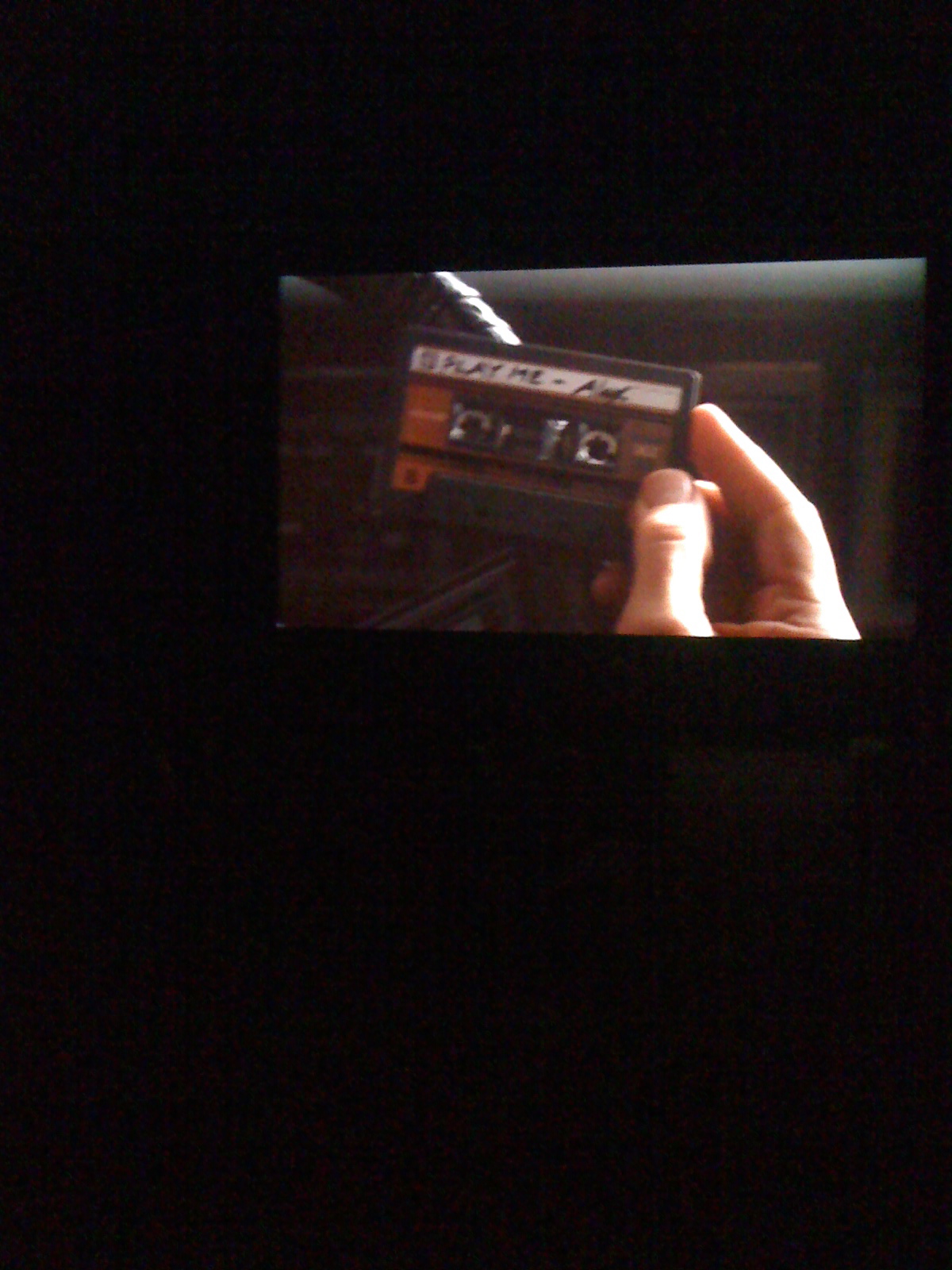Time runs out this coming Saturday, February 19, on what seems easy to call one of the most absorbing art events in recent memory. Christian Marclay's The Clock is a 24-hour long film in which each minute consists of clips from movies where the time -- as it appears on a clock on-screen, is announced by a character, or is otherwise made clear by the context -- is exactly the time in the theater. Enter at 7 p.m., and you will hear Morgan Freeman intone, "It's 7 p.m." A minute later he reappears, in a clip from another film altogether, saying, "It's 7:01." Uncanny moments like this happen almost alarmingly often. Most of the time, there are several clips each minute, but this pace can intensify enormously on the hour as characters meet their various fates and deadlines. At midnight, everything erupts in a barrage -- montage doesn't do it justice -- of movie midnights too numerous to count.
The awesomeness of the undertaking is part of its appeal. If the average clip is, say, ten seconds long (a mere guess), that makes for 9,000 clips, each of which had to be culled from a two-hour-long film. A list of "research assistants" for the project testifies to this effort. But even more amazing is how eerily many of the clips pick up motifs from earlier scenes. How can there be so many "4:43 p.m."s in film that Mr. Marclay not only located handfuls of them, but was able to choose among these to create a sense of cohesion? Sometimes the effect is amusing, as when, shortly before midnight, a rowdy 1980s couple making too much noise in bed is spliced with Ingrid Bergman, alone and distressed, glaring at the ceiling, as if the offending couple lives in the apartment upstairs. The effect can be elegant, as when an actress of some earlier era glances at a white wall in her dressing room, and from atop a high cabinet comes a tabby cat -- Holly Golightly's cat, as it plunges into that 1960s New York kitchen before we realize the scene has changed. The sound-world of one clip is often elided into the next, keeping us afloat in a perpetual present where seventy or eighty years of film coexist seamlessly.
This past weekend, the Paula Cooper Gallery in Chelsea, where the work is being exhibited, was in the midst of a 48-hour screening beginning on Friday at 10 a.m. Waiting in the long Saturday afternoon line gave me plenty of opportunity to reflect on the theme of time passing -- it took almost two hours to get in. Along with hundreds of others, I waited outside in the cold and then again, Disney-fashion, inside. But upon finally being allowed in, I found an unexpectedly comfortable cinema with squishy modern sofas. Time, for all that it was in front of me at every moment, simply slid by, and after two hours I had trouble pulling myself away for dinner. After eating, I returned inexorably, waiting in a shorter line to watch from 10:30 p.m. until just past midnight. The difference in content is, not surprisingly, vast from one hour of the day to another. At 6 p.m., a man pours himself a sherry and commuters hustle through Grand Central, while at 11 a.m., I would suspect -- though I can't confirm -- that office workers work, students go to school, and coffee is drunk. Many more exciting things happen, too, I'm sure. I hope to go back and see for myself.
